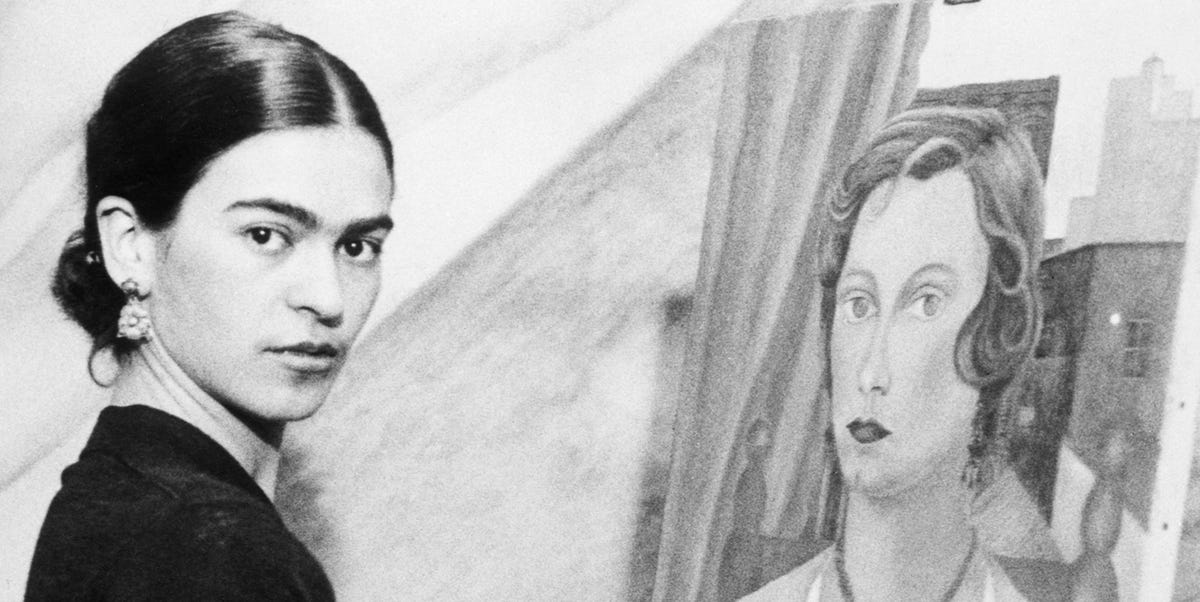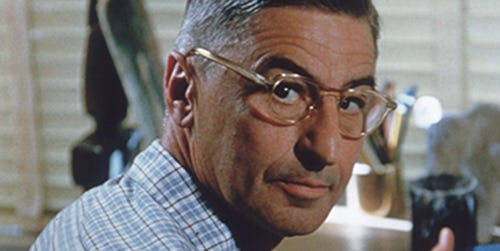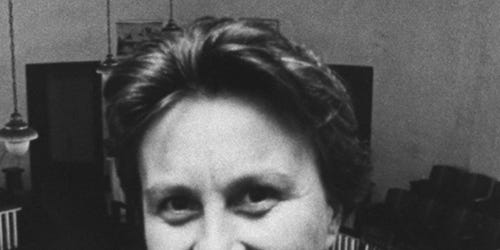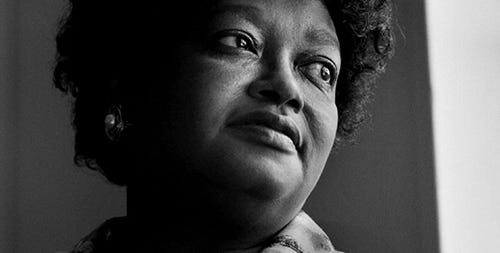Frida Kahlo’s life was a tapestry woven with threads of both profound pain and Remarkable Artistic Expression. Born in Mexico in 1907, she faced adversity from a young age. A bout of polio as a child left her with a limp, shaping her physical experience and perhaps influencing her later focus on the body’S Vulnerability.
However, it was a devastating bus accident in 1925 that truly altered the course of Her Life. The impact shattered her bones, leaving her bedridden for months and forcing her to confront the fragility of her own existence. This traumatic event became a pivotal point, pushing her towards painting as a means of coping with the immense physical and emotional pain she endured.
Her art became a powerful outlet for expressing her suffering, but also her resilience and indomitable spirit. Frida Kahlo’s paintings are not merely depictions of pain; they are vibrant explorations of the Female Experience, identity, and the complexities of life itself.
The Impact of the Bus Accident
The bus accident wasn’t just a physical trauma; it had a profound and lasting impact on every aspect of Frida Kahlo’S Life. Confined to bed for months, she faced agonizing pain and the crushing realization that her dreams of becoming a doctor were shattered. This period of isolation forced her to confront her own mortality and vulnerability, themes that would later permeate her art.
The accident left her with chronic pain and numerous complications, Including Infertility. She underwent countless surgeries throughout her life, each a reminder of the fragility of her body. The physical toll took its emotional Toll As Well, leading to periods of deep depression and anxiety. Despite these challenges, Frida found solace in painting, using it as a way to Express Her Pain, anger, and ultimately, Her Resilience.
 Garrett Morgan Inventor: Safety Hood & Traffic Signal Genius
Garrett Morgan Inventor: Safety Hood & Traffic Signal GeniusThe accident also had a significant impact on her personal life. It ended her relationship with Alejandro Gómez Arias, whom she’d been engaged to before the crash. During her recovery, she met Diego Rivera, the renowned Mexican muralist, who would become her husband and a major influence on her artistic development.
Pain, Isolation, and Artistic Expression
The years following the accident were a period of intense physical and emotional struggle for Frida Kahlo. Confined to her home by pain, she found solace in painting, Transforming Her Suffering Into Art. Her canvases became a raw and honest exploration of her experiences, depicting not only the physical pain caused by her injuries but also the feelings of isolation, vulnerability, and longing that accompanied them.
Each brushstroke was infused with her Personal Narrative, creating a unique and powerful visual language. She didn’t shy away from depicting the grotesque realities of her body, Showcasing Scars, Medical Instruments, and the raw essence of pain. Yet, within these depictions of hardship, there emerged a glimmer of resilience, a defiant spirit that refused to be broken by adversity. Frida Kahlo’s art became a testament to the human capacity to find beauty and meaning even in the darkest of times.
Her paintings resonated with audiences who saw in them a reflection of their own struggles and vulnerabilities. She became a symbol of strength and self-acceptance, inspiring generations of artists and individuals to embrace their imperfections and express Themselves Authentically.
Frida Kahlo’s Physical and Emotional Journey
Frida Kahlo’s life was a constant negotiation between physical pain and emotional turmoil. The bus accident, a defining moment in her story, left her with chronic suffering that would accompany her throughout her days. She endured numerous surgeries, each a battle against the limitations imposed by her injuries. The fragility of her body became a recurring theme in her art, a visceral expression of her own vulnerability and resilience.
Beyond the physical pain, Frida also grappled with intense emotional experiences. She battled periods of depression and anxiety, finding solace in painting as a Way To Process Her Feelings. Her work often explored themes of isolation, longing, and the complexities of female identity. She wasn’t afraid to portray the raw emotions that swirled within her, creating a deeply personal and intimate connection with her audience.
Through her art, Frida Kahlo transformed her pain into a source of strength and self-discovery. She embraced her physical limitations and Emotional Struggles, using them as fuel for her Creative Expression. Her journey was a testament to the human spirit’s Capacity To Endure, adapt, and find beauty even in the face of adversity.
Themes of Resilience and the Female Experience
Frida Kahlo’s art transcended the boundaries of personal experience, becoming a powerful exploration of universal themes like resilience and the female experience. Her paintings weren’t simply portraits of pain; they were declarations of strength and survival in the face of adversity. She depicted herself with unflinching honesty, Showcasing Her Scars, Medical Instruments, and physical limitations as symbols of Her Enduring Spirit.
Kahlo’s work also delved deeply into the complexities of womanhood. She challenged traditional notions of femininity, embracing both vulnerability and power within Her Art. Her self-portraits often featured strong female imagery, defying societal expectations and celebrating the diversity of female experience. She explored themes of love, loss, sexuality, and motherhood, giving voice to emotions that were often silenced or marginalized in her time.
Through her bold use of color, symbolism, and personal narratives, Frida Kahlo created a powerful legacy that continues to inspire and empower women around the world. She showed us the beauty in imperfection, the strength in vulnerability, and the transformative power of embracing Our Authentic Selves.
A Legacy of Art and Enduring Spirit
Frida Kahlo’s legacy extends far beyond her captivating self-portraits and vibrant use of color. She left behind a powerful body of work that continues to inspire and provoke conversation about art, identity, and the human experience. Her unflinching honesty, Raw Emotion, and unique artistic vision have made her one of the most celebrated and influential artists of the 20th century.
Kahlo’s impact transcends the realm of art; she became a cultural icon, Embodying Resilience, self-acceptance, and the power of individuality. Her story resonates with people from all walks of life, reminding us to embrace our imperfections, Celebrate Our Uniqueness, and never be afraid to express Ourselves Authentically. Her enduring spirit continues to inspire generations of artists, activists, and individuals who seek to challenge societal norms and live life on Their Own Terms.










